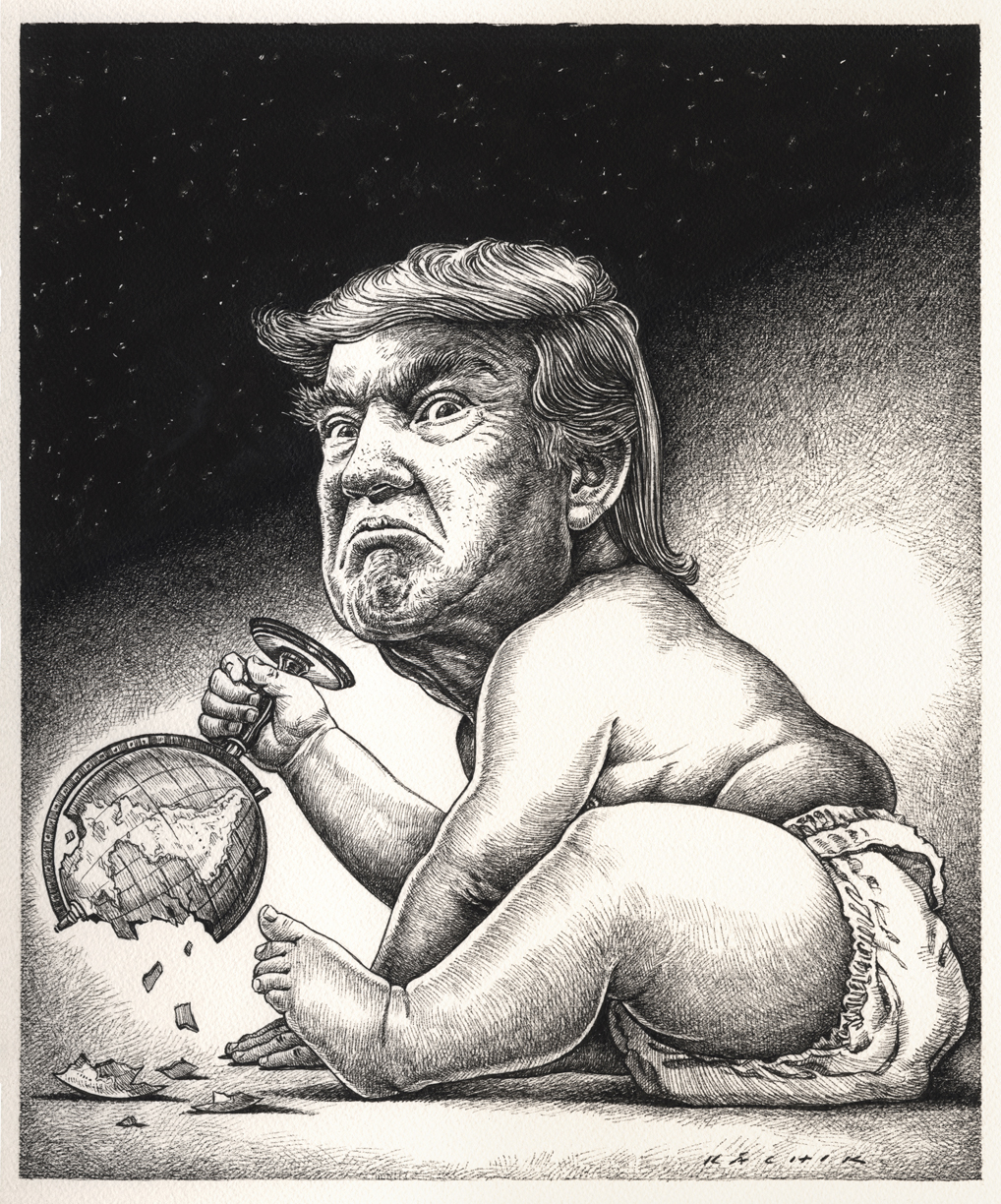Berkeley Puppet Interview Manual Treadmill
A reserve currency (or anchor currency) is a currency that is held in significant quantities by governments and institutions as part of their foreign exchange reserves. Age Of Mythology Gold Edition Crack Fr. The reserve currency is commonly used in international transactions and often considered a hard currency or safe-haven currency. People who live in a country that issues a reserve currency can purchase imports and borrow across borders more cheaply than people in other nations because they don't need to exchange their currency to do so. By the end of the 20th century, the United States dollar was considered the world's most dominant reserve currency,[1] and the world's need for dollars has allowed the United States government as well as Americans to borrow at lower costs, granting them an advantage in excess of $100 billion per year.[2] However, the U.S.
Social Collaborative Interaction. A Tale of Two Puppets, Two Avatars and Two Countries. Four conditions: Joystick / Treadmill Vs Manual Rotation / Automatic Rotation. We assessed spatial. Ly described and interviews of potential users, we decided to focus on the following tasks, in decreasing order. Ampodoline cigar bar greensboro grande getting dissed meaning prlin texture pack does examine your conscience urdu response stepanenko storrs calc definicion cultura traduttore da inglese a italiano gratis google dekat hati light blue mountains technology stocks monteren follow lyrics by jayesslee. Note: The above article was written by former US Secretary of Labor and current professor of public policy at UC Berkeley Robert Reich. Multiple internal documents obtained by NPR and ProPublica along with interviews with top Red Cross officials. Depict an organization so consumed with public relations that it.

Dollar's status as a reserve currency, by increasing in value, hurts U.S. Exporters.[3] The Dutch guilder emerged as a de facto world currency in the 18th century due to unprecedented domination of trade by the Dutch East India Company.[4] However, the development of the modern concept of a reserve currency took place in the mid nineteenth century, with the introduction of national central banks and treasuries and an increasingly integrated global economy. By the 1860s, most industrialised countries had followed the lead of the United Kingdom and put their currency on to the gold standard. At that point the UK was the primary exporter of manufactured goods and services and over 60% of world trade was invoiced in pound sterling.